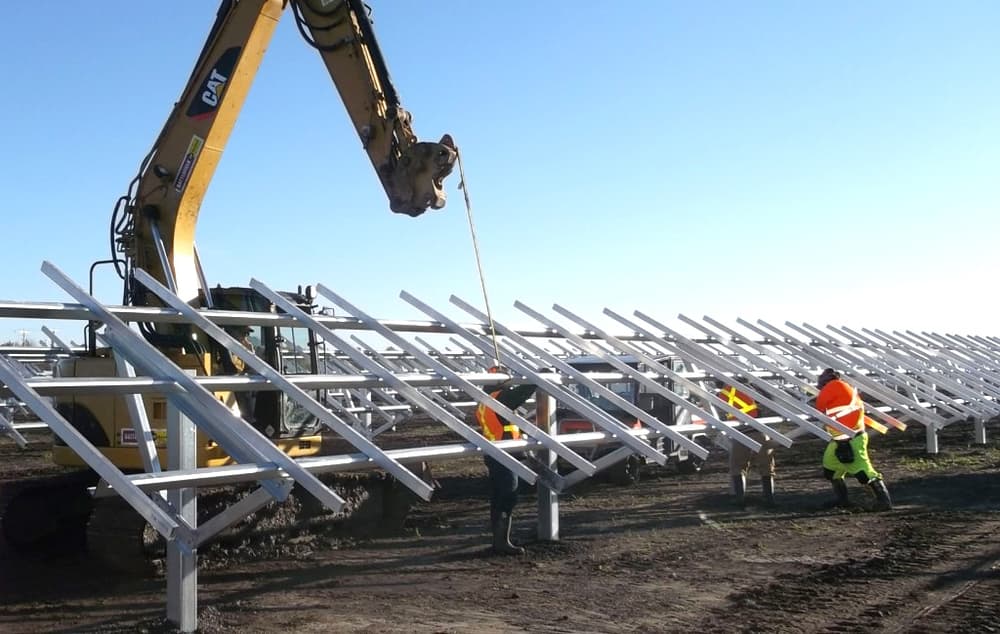Can President Trump bring back lost oil and gas jobs, as he’s promised? Or, should North American workers turn toward other industries such as solar energy for a more secure employment future?
Jobs May Not Return as Hoped
In February, President Trump pushed forward with his deregulation agenda. But, according to industry experts, big oil jobs will almost certainly not reappear at the rates which he hopes they will. Since oil prices have fallen, there have been more than 441,000 oil and gas layoffs worldwide, according to industry analysts. Even in Texas, where the oil industry has rebounded to some extent, jobs aren’t necessarily being created or restored. Due to the rise of automation, the work requires fewer and fewer workers.
Solar is Booming
Yet, while workers in oil and gas have experienced job losses in recent years, the solar energy field has been booming. The industry now supports at least 4 million jobs, up from 3.4 million in 2011, according to the Environmental Defense Fund's Climate Corps program. In fact, the US Department of Energy's 2017 Energy and Employment Report suggests that the solar industry now employs more people than coal, oil and gas combined. Though federal subsidies and tax credits have helped foster the growth of solar and wind power in the US, much of the trend is due to the falling prices of both technologies.
In the US
In Colorado, nonprofit Solar Energy International (SEI) is part of a nationwide effort to retrain mining, oil and gas workers. Solar Ready Colorado, an SEI initiative that’s being funded by a grant from the Colorado Department of Labor and Employment, aims to fill skills gaps among workers in traditional energy fields. SEI seeks to address the issue of energy job losses around the world and help workers transition to solar energy. Some 45,000 workers have completed programs at the training school. Most of SEI’s graduates become photovoltaic installers. A handful of other facilities around the United States offer solar training programs, including Florida’s US Solar Institute and Ecotech Training from Texas’ Brightwood College.
In Canada
In Canada, an oilsands worker-led group has been pushing for training and opportunities to work on renewable energy projects to assist the Alberta economy. A climate plan released last November by Iron & Earth, an organization started by oil industry tradespeople, calls for short-term training and expanded apprenticeships to increase Canada’s renewable energy manufacturing. A Siemens Canada official has estimated up to $50 billion will be spent on renewable energy projects in Alberta and Saskatchewan by 2030. In Edmonton, Gridworks Energy Group, a First Nation owned and operated photovoltaic design and installation company, claims to have trained more than 1,300 tradespeople for the solar field over the past eight years. There’s demand for workers, the company claims, although they’ll likely earn less than they would in the oil industry.
Gridworks claims that investment in new technology funded by Alberta’s carbon levy, as well as plans to phase out coal-fired power plants, will create thousands of jobs in the next 15 years. The amount of solar power installed in Alberta has doubled since May 2015, due in part to the province’s municipal, agricultural and indigenous solar rebate programs. Open to homeowners, businesses and non-profits, the $36 million program covers up to 30 percent of the cost to install a residential solar electrical system. Cash for the rebate comes from the province’s carbon levy. This program is expected to create about 900 jobs by 2019. image: whiteconstruction.com

